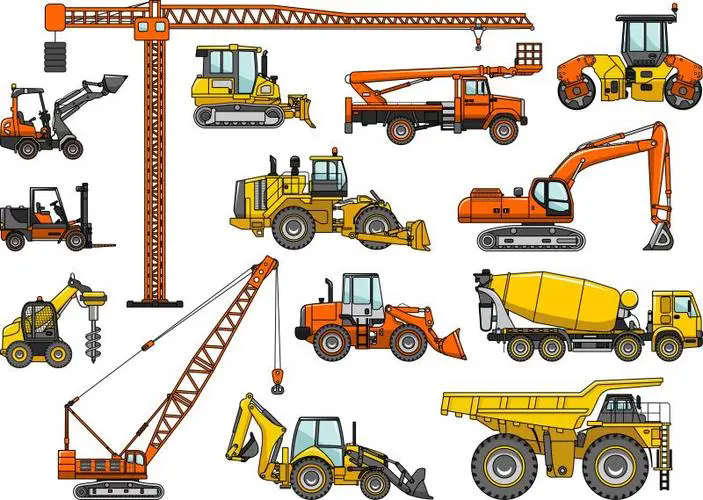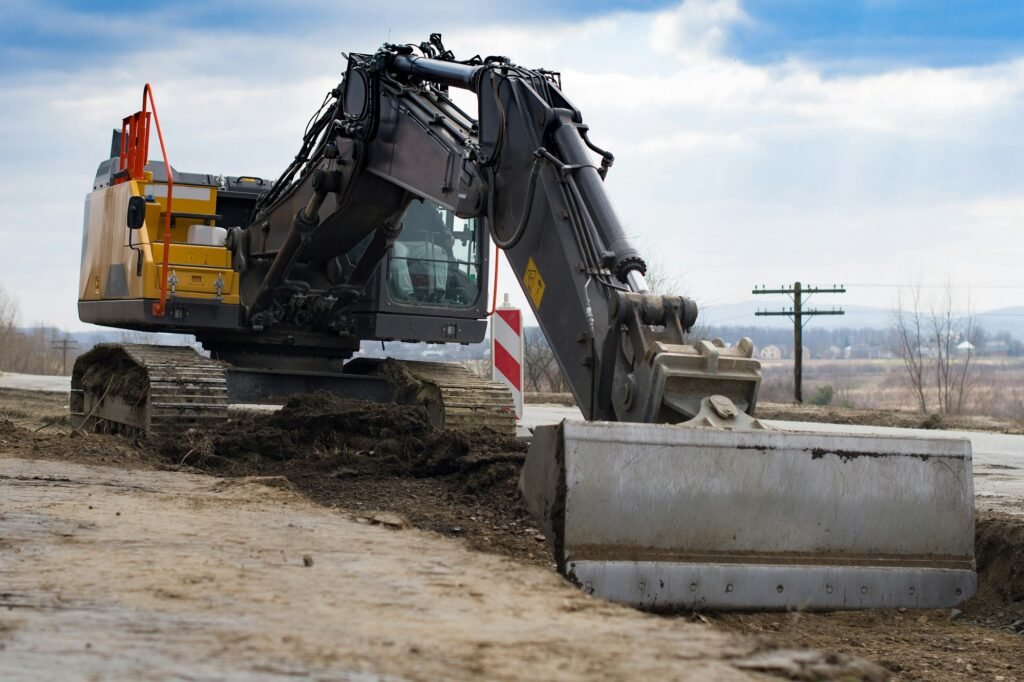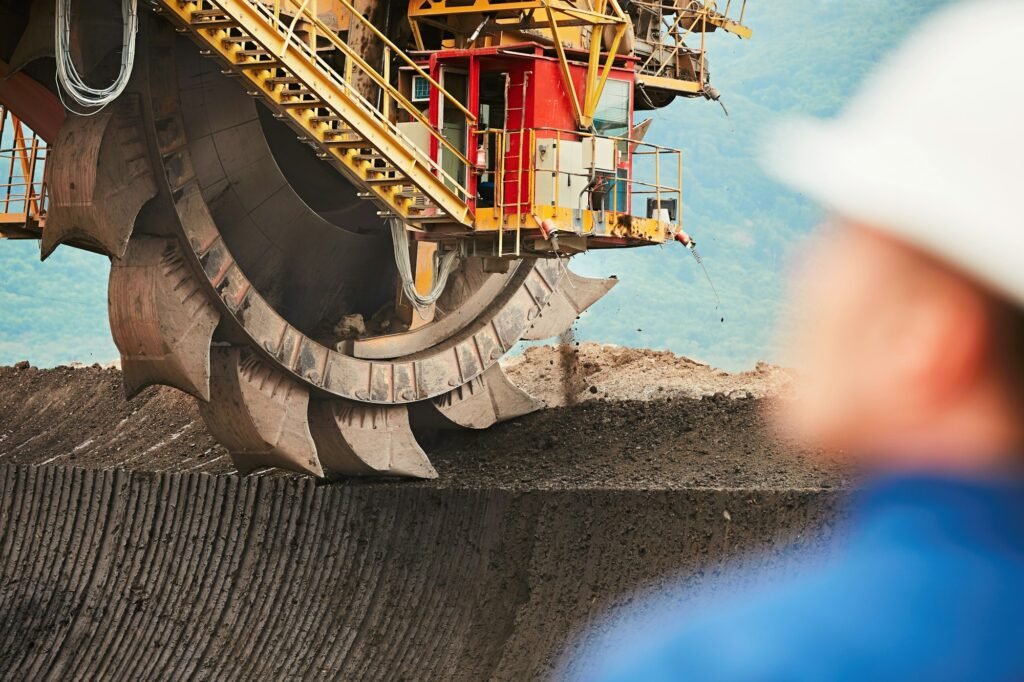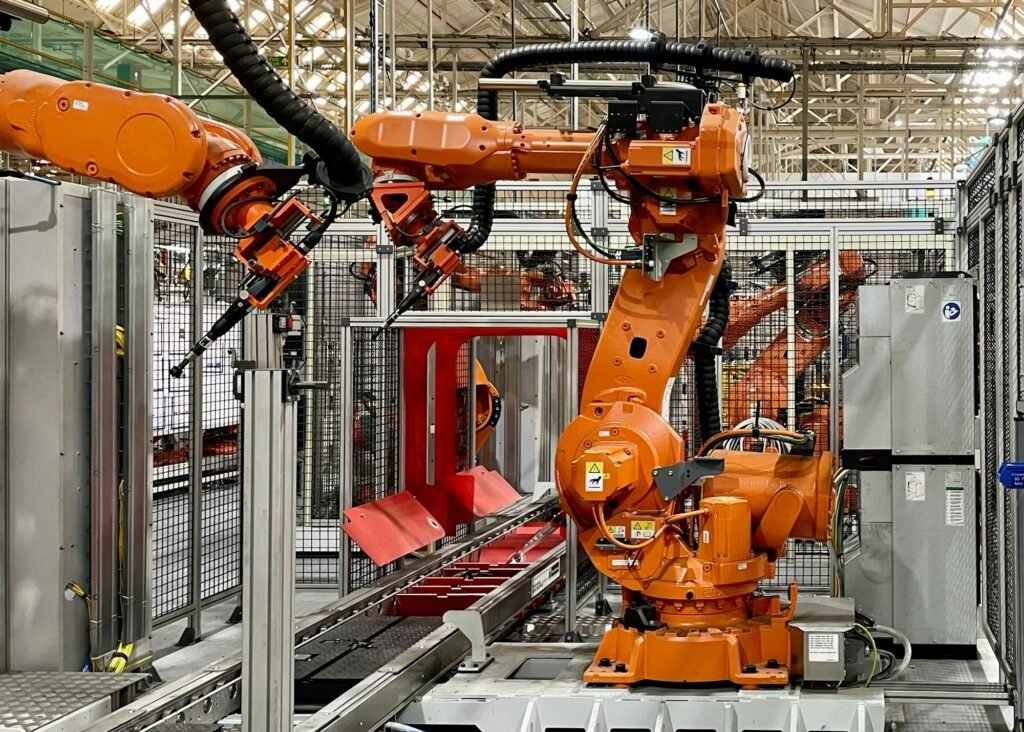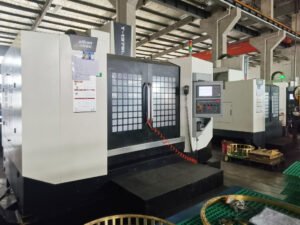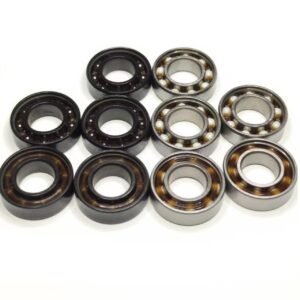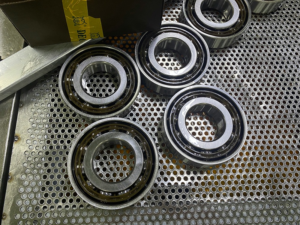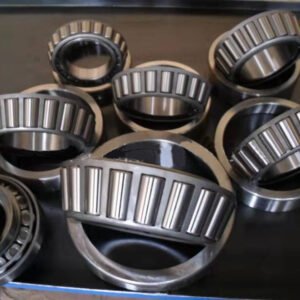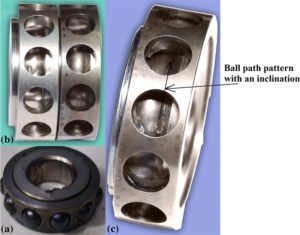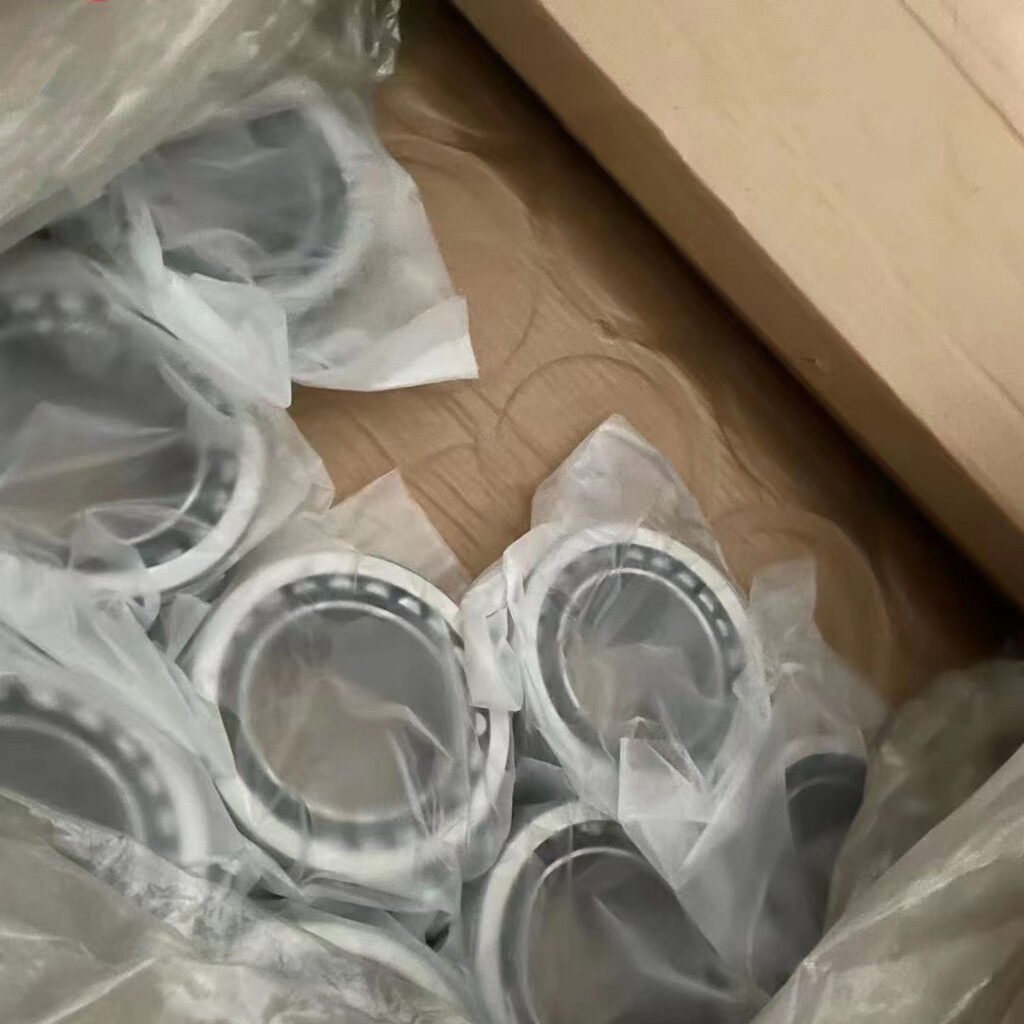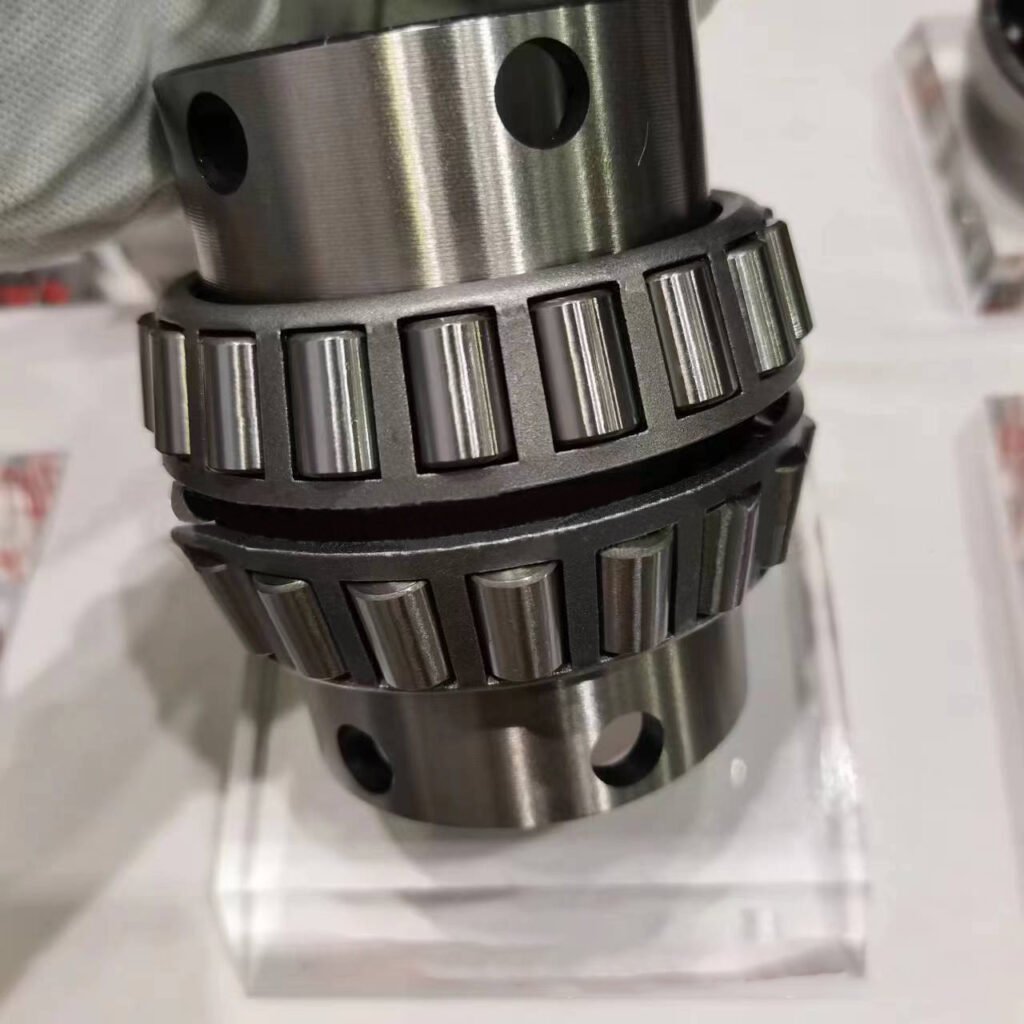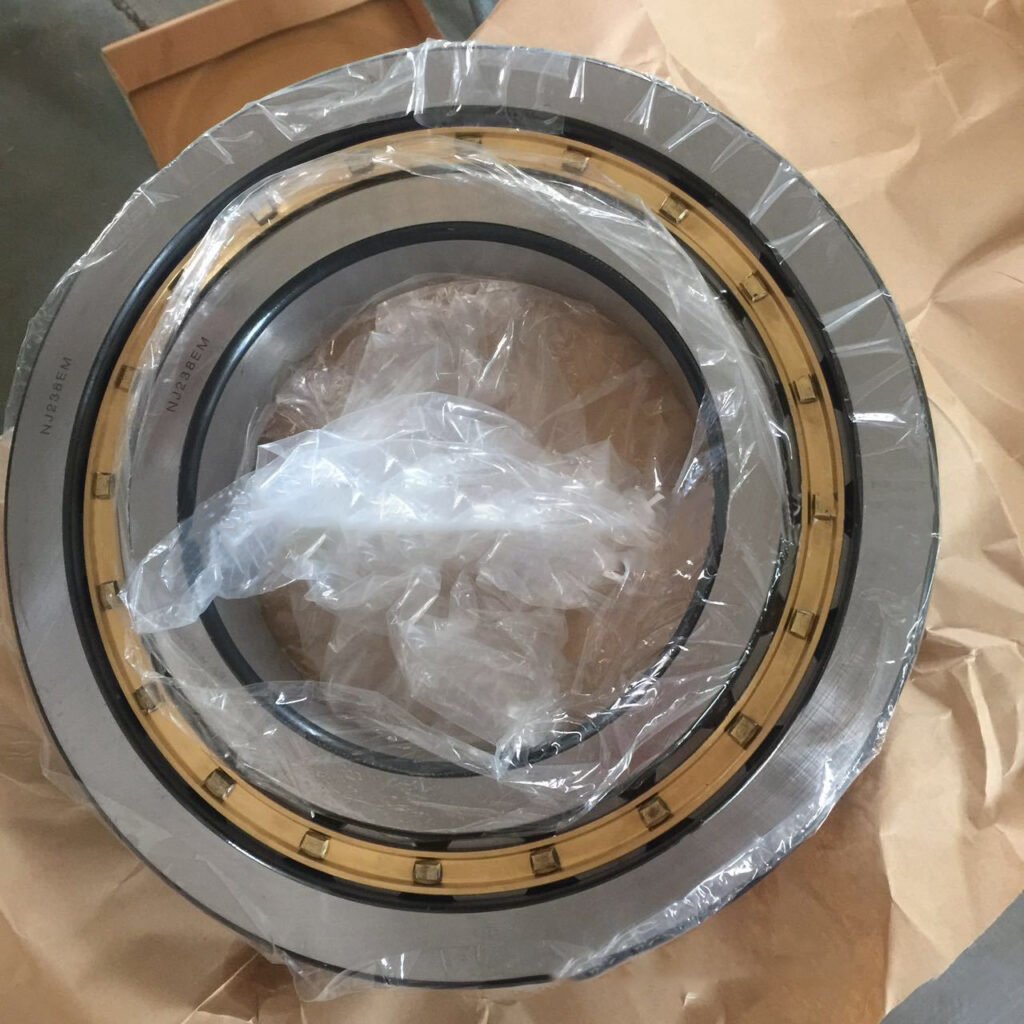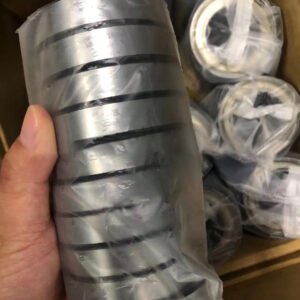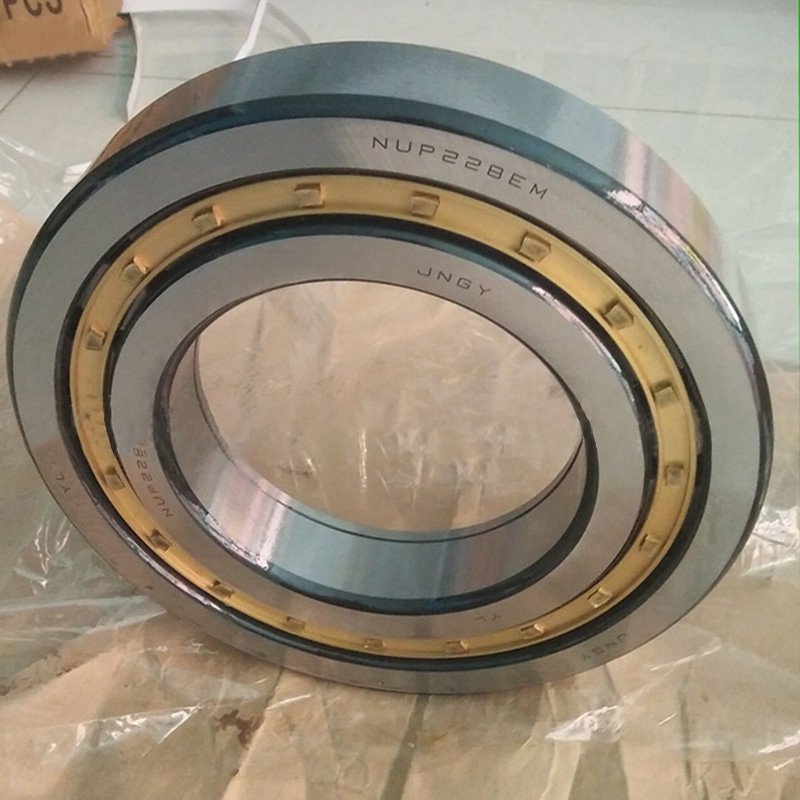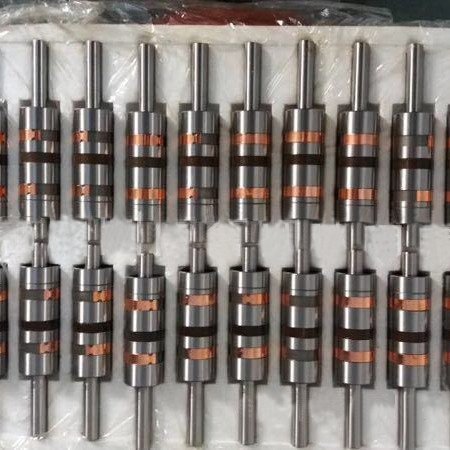Bearings play a critical role in ensuring the smooth operation of machines and reducing friction between moving parts. When it comes to selecting the right bearing for a specific application, one of the most important factors to consider is the thickness of the bearing walls. Thin-walled and thick-walled bearings each offer unique advantages, depending on the nature of the load, speed, and environmental conditions of the machine.
In this article, we will explore the key differences between thin-walled and thick-walled bearings, helping you understand their unique characteristics, benefits, and the best use cases for each. Whether you’re designing a high-performance system or looking for an economical solution, knowing the distinction between these two types of bearings is essential to making an informed choice.
What is a thin-walled bearing?
Thin-walled bearings refer to bearings with an outer diameter and inner diameter ratio of less than 1.25, that is, the difference between the outer diameter and the inner diameter of the bearing is very small, and the bearing wall is very thin. This type of bearing will adopt a lightweight design, with a small cross-sectional size but a large diameter. Common ones include thin-walled angular contact ball bearings, thin-walled deep groove ball bearings, cross roller bearings, etc.
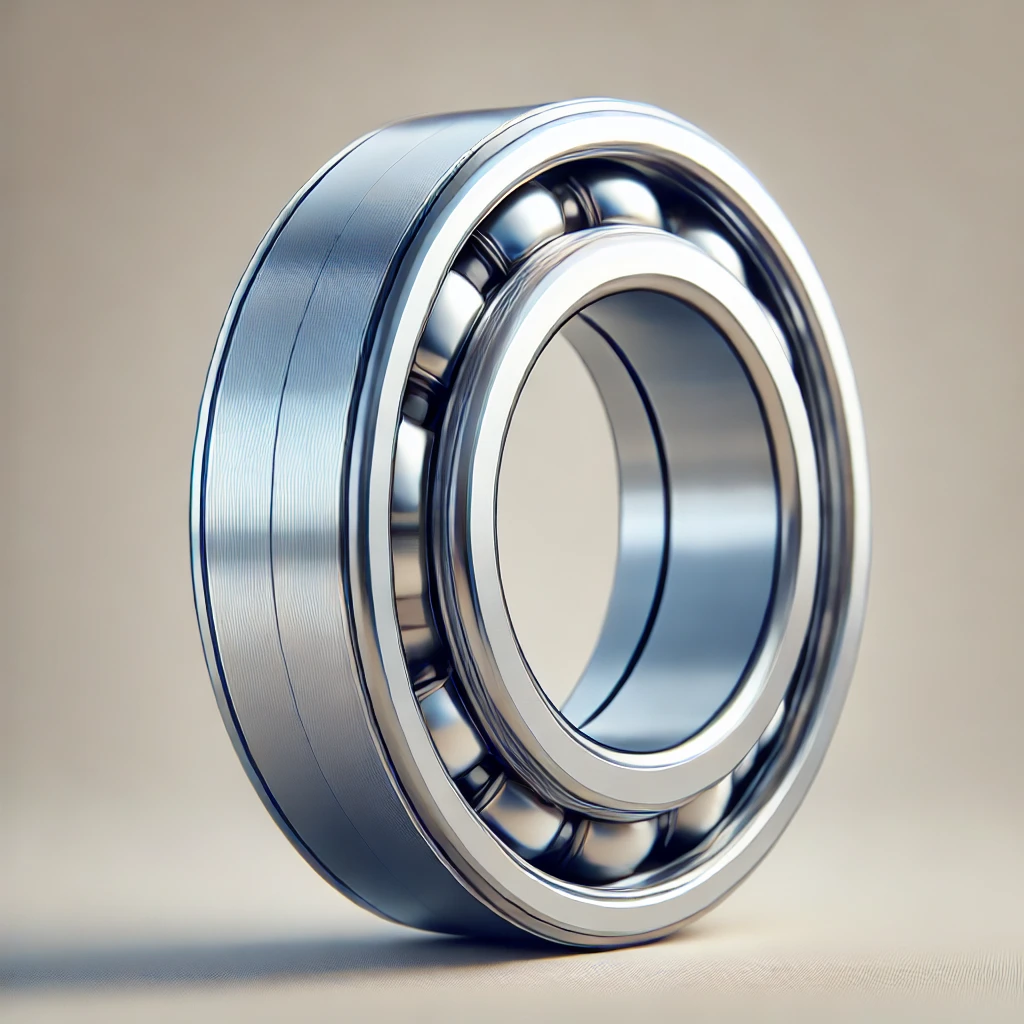
What are thick wall bearings?
Thick-walled bearings are a type of bearing designed with a significantly thicker outer or inner race (the “wall”) compared to standard bearings. This design increases their load-bearing capacity, making them suitable for high radial loads, heavy-duty applications, and environments with high stress or extreme conditions. The thicker walls provide better durability, resistance to deformation, and enhanced heat dissipation, allowing these bearings to operate reliably in demanding applications such as heavy machinery, industrial equipment, and automotive systems.
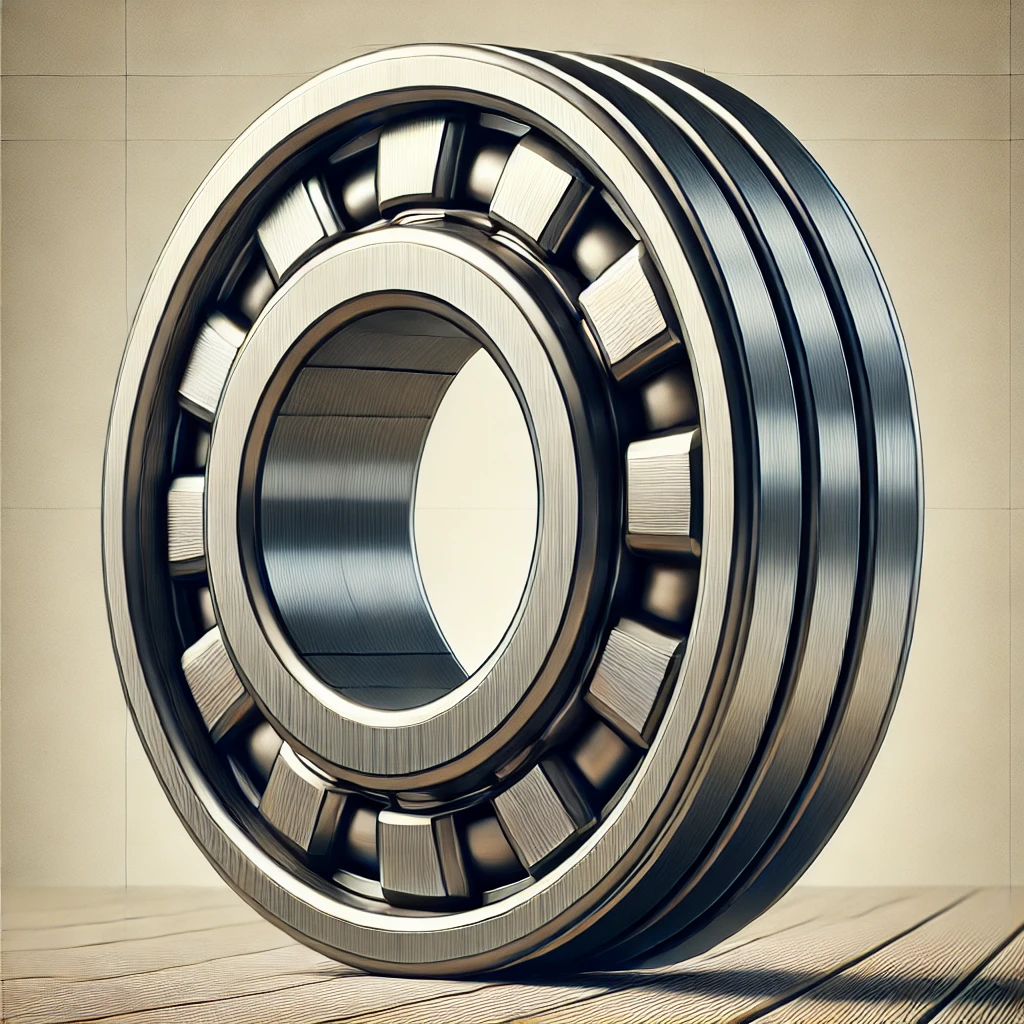
What are the main differences between thin-walled bearings and thick-walled bearings?
The main differences between thin-walled and thick-walled bearings primarily lie in their design, load capacity, and suitability for various applications. Here’s a breakdown of the key distinctions:
1. Wall Thickness:
– Thin-Walled Bearings: As the name suggests, these bearings have a relatively thinner outer or inner race. The reduced wall thickness makes them lighter and more compact.
– Thick-Walled Bearings: These bearings have a much thicker race, allowing them to handle greater loads and provide better structural strength.
2. Load Capacity:
– Thin-Walled Bearings: Generally designed for lower radial and axial loads. Their thinner construction limits their ability to support heavy loads.
– Thick-Walled Bearings: Designed to handle much higher radial and axial loads. The thicker walls increase the contact area, which enables them to support heavier and more demanding loads.
3. Durability and Lifespan:
– Thin-Walled Bearings: While they are durable, thin-walled bearings may wear out faster under high loads or extreme operating conditions due to their lighter design.
– Thick-Walled Bearings: The additional thickness enhances durability and resistance to wear, making them more suitable for heavy-duty and high-stress applications. They typically offer a longer lifespan in these conditions.
4. Heat Dissipation:
– Thin-Walled Bearings: These are less effective at dissipating heat compared to thick-walled bearings, which may limit their performance in high-speed or high-temperature environments.
– Thick-Walled Bearings: The thicker material allows for better heat dissipation, making them more suitable for applications where high temperatures and friction are factors.
5. Weight and Size:
– Thin-Walled Bearings: Lighter and more compact, making them ideal for applications where space and weight constraints are a concern, such as in aerospace or mobile devices.
– Thick-Walled Bearings: Heavier and bulkier, these bearings are better suited for large, heavy-duty machinery where space and weight are less of an issue.
6. Stiffness and Rigidity:
– Thin-Walled Bearings: These bearings tend to be less rigid and more flexible, which can sometimes result in less precise operation under high loads.
– Thick-Walled Bearings: The increased thickness provides better stiffness and rigidity, ensuring more precise and stable operation under heavy loads.
7. Applications:
– Thin-Walled Bearings: Typically used in lightweight, high-speed applications, such as motors, consumer electronics, and machinery where compactness is key.
– Thick-Walled Bearings: Suited for heavy-duty applications, such as industrial machines, construction equipment, automotive, and aerospace, where load capacity and durability are critical.
8. Cost:
– Thin-Walled Bearings: Generally less expensive due to the use of fewer materials and simpler manufacturing processes.
– Thick-Walled Bearings: Tend to be more expensive because they require more material and are often built to higher standards for strength and durability.
Application Areas of Thin-Walled Bearings
1. Aerospace:
– Lightweight and Compact: Thin-walled bearings are commonly used in aircraft and spacecraft where minimizing weight and space is crucial.
– Precision Requirements: They are ideal for high-precision applications such as turbine engines, actuators, and landing gear systems.
2. Consumer Electronics:
– Small Size and Low Friction: Used in small motors within devices like smartphones, laptops, and cameras where compactness and energy efficiency are important.
– Rotating Parts: Employed in rotating components such as fans, hard drives, and optical drives.
3. Automotive Industry:
– High-Speed Applications: Thin-walled bearings are found in high-speed motors, steering mechanisms, and in systems where space and weight are constraints, such as in electric vehicles (EVs).
– Engine Components: They are used in low-load applications such as auxiliary drives and gear systems.
4. Medical Equipment:
– Precision and Small Size: These bearings are used in medical devices such as diagnostic machines, surgical tools, and dental equipment due to their small size and precise functionality.
5. Robotics:
– Compact Design: Thin-walled bearings are ideal for small robotic arms or high-speed motors where space and weight limitations are critical.
6. Industrial Machinery:
– Compact Motors: Found in small industrial machines like conveyors, fans, or electric motors, where a compact and efficient bearing is required.
Application Areas of Thick-Walled Bearings
1. Heavy Machinery and Construction Equipment:
– High Load Applications: Thick-walled bearings are commonly used in construction equipment such as cranes, excavators, bulldozers, and loaders, where they support high radial and axial loads.
– Durability and Shock Absorption: They are also used in applications that involve heavy shocks, vibrations, and extreme conditions.
2. Automotive Industry:
– Heavy-Duty Vehicles: Thick-walled bearings are used in components of trucks, buses, and off-road vehicles that carry heavy loads, such as wheel hubs, axles, and suspension systems.
– Powertrain and Engine Components: They are found in engines and transmission systems where they support high forces and provide long-lasting performance.
3. Industrial Equipment:
– Machine Tools: Used in large industrial machines, such as milling machines, lathes, and presses, where high load-bearing capacity and durability are needed.
– Power Generators: Employed in generators, turbines, and other power generation equipment due to their ability to withstand high stresses and heat.
4. Mining and Oil & Gas Industry:
– High Load and Harsh Environments: Thick-walled bearings are essential in equipment like drilling rigs, crushers, and conveyors, where heavy-duty performance and resistance to harsh environments are required.
– Extreme Conditions: Used in applications that involve high-impact loads, dust, and temperature variations.
5. Marine Industry:
– Ship Propulsion Systems: These bearings are found in ship engines, propeller shafts, and other marine equipment, where they are exposed to high radial loads, extreme vibrations, and the marine environment.
– Durability in Corrosive Environments: Thick-walled bearings, especially those made of corrosion-resistant materials, are crucial in ensuring reliability in the marine environment.
6. Aerospace (Heavy-Duty Components):
– Structural Components: While thin-walled bearings are used for light applications in aerospace, thick-walled bearings are used in heavy-duty components like landing gears, engines, and other structural parts that must withstand significant forces.
7. Wind Energy:
– Wind Turbine Bearings: Thick-walled bearings are used in wind turbine gearboxes and generator shafts, where they handle high loads and harsh environmental conditions.
Conclusion
In summary, thin-walled and thick-walled bearings serve distinct yet essential roles in various industries. Thin-walled bearings excel in applications requiring compactness, precision, and low weight, making them ideal for consumer electronics, aerospace, and robotics. On the other hand, thick-walled bearings are designed to withstand heavy loads, harsh environments, and extreme conditions, making them crucial for heavy machinery, automotive, and industrial applications. Understanding the differences between these two types of bearings is key to selecting the right solution for your specific needs, ensuring optimal performance, durability, and efficiency in your systems.

